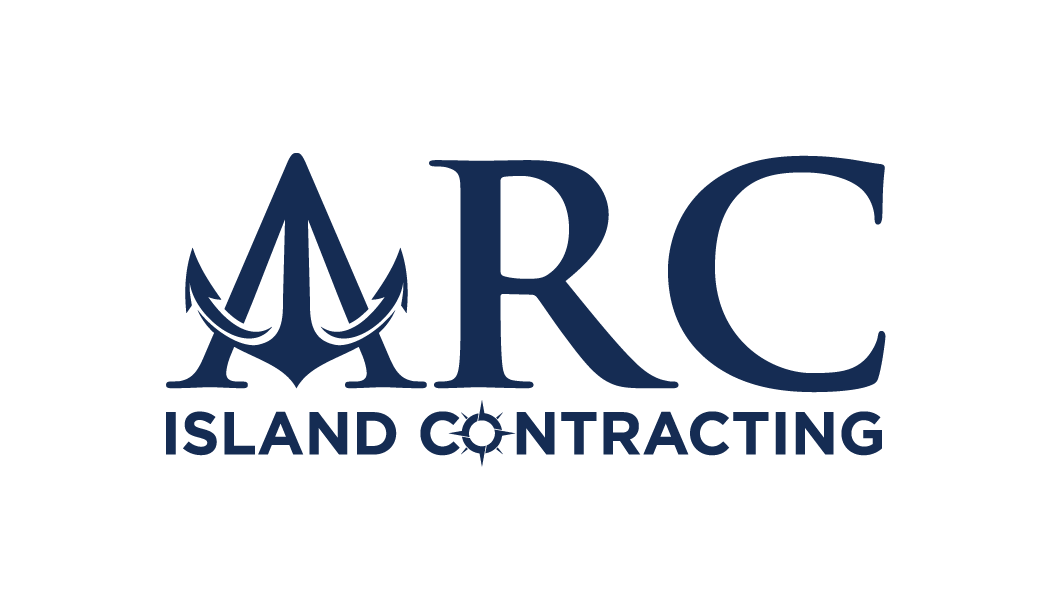Tips to Prevent Residential Tree Damage
Take a look around your yard… do you see any trees close by? If you do, are those trees a potential danger to your home? The average tree collapse insurance claim ranges from $3,000-$5,000 in the Midwest. Make sure that you’re in the clear by following these tips to prevent residential tree damage.

One of the main reasons that trees fall and cause damage is that they aren’t maintained properly. Be sure to check the trees around your home for damage.
Typical Tree Damage Warning Signs:
- Large cracks in either the trunk or the large limbs of the tree
- Hollow spaces & insect holes affect the sturdiness of the tree, making it more prone to be blown
- Trees that are lopsided or leaning a certain direction
- Mushrooms growing in the bark are a warning sign that indicates excess moisture and decay inside the tree.
- Branches that are overhanging your roof or the power lines can cause a lot of damage before they even fall. Branches and leaves that are against your roof scrape and puncture the shingles. Leaves can trap moisture in your roof and gutters which leads to rot.
Pruning is a good idea to keep the trees in your yard healthy and prevent them from falling on your house during a storm. Although, watch out that you don’t prune them too much and make them more susceptible to damage.
Pruning Do’s & Don’t’s
- DON’T cut branches right to the trunk – it leaves them vulnerable to decay and insects
- DO start cutting partway through the branch from the bottom, then finish cutting it off from the top. This prevents the bark from tearing when the branch falls.
- DON’T cut off the branch collar to protect the trunk from further damage
- DO cut off any broken or torn branches so that they don’t cause further damage to the tree.
- DO Trim any branches that are too long, typically over five feet.
- Get more tips on pruning trees
Current Residential Tree Damage:
As for the fallen tree itself, you might be better off calling a professional to assess it and clear it out. If you’re leaving the stump, cut it off flush to the ground. If you’re removing it, leave about four feet so that it can be extracted easier. When it is all cleared, make sure to dispose of it properly.
If your home does have residential tree damage, make sure to check what is covered by your insurance. Different policies and situations may have different coverage options. Call ARC Contracting for any residential roofing or exterior repairs.
